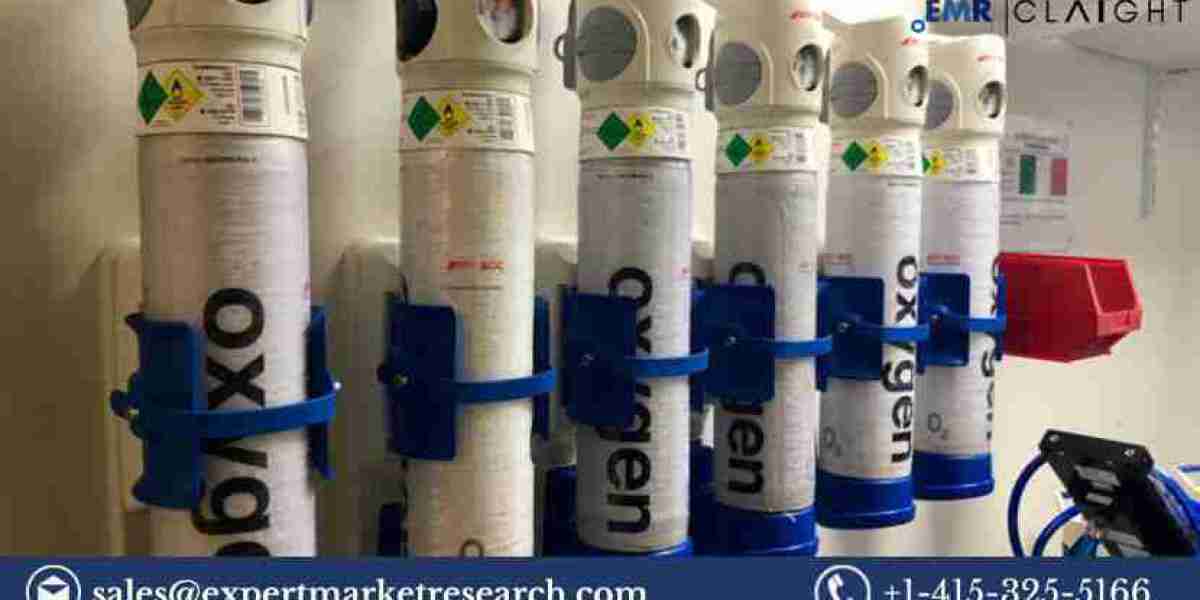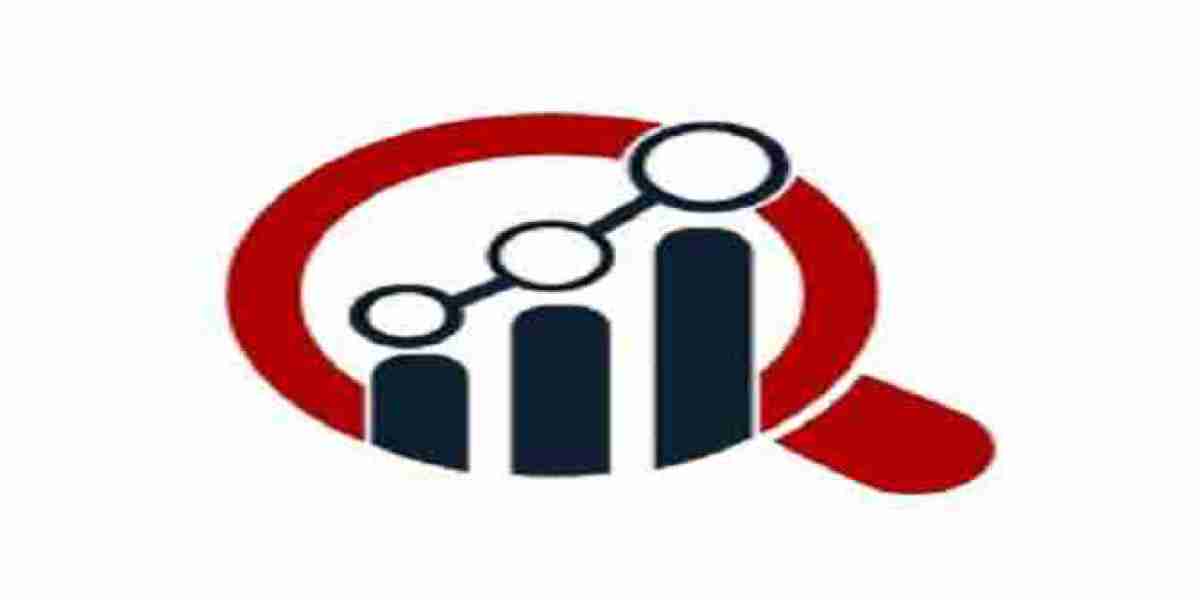Introduction
The global portable oxygen kit market is rapidly expanding, driven by the growing prevalence of respiratory diseases and advancements in medical technology. Portable oxygen kits, crucial for patients needing respiratory support, have seen significant adoption rates across various healthcare settings, including home care. Valued at USD 21.5 billion in 2023, the market is projected to grow at a compound annual growth rate (CAGR) of 6.80% from 2024 to 2032, reaching approximately USD 38.7 billion by the end of the forecast period.
Market Overview
Definition and Use Cases Portable oxygen kits are compact devices that supply oxygen to individuals who have difficulty breathing. These devices are designed to be lightweight and user-friendly, ensuring that patients can carry them without assistance.
Technology and Functionality The core technology in these kits involves either compressed oxygen or a chemical reaction to produce oxygen on demand. Innovations have focused on enhancing the portability and efficiency of these devices, making them integral in treating conditions like COPD (Chronic Obstructive Pulmonary Disease) and other respiratory ailments.
Historical and Forecasted Market Size Starting at a market size of USD 21.5 billion in 2023, with expected growth to USD 38.7 billion by 2032, the portable oxygen kit market is on a steady climb, supported by demographic trends and technological advancements.
Get a Free Sample Report with Table of Contents
Driving Factors
Chronic Respiratory Diseases The increase in chronic respiratory diseases globally is a primary driver for the market. Diseases such as asthma, COPD, and pulmonary hypertension require ongoing oxygen therapy, bolstering the demand for portable solutions.
Aging Population The world’s aging population, which is more prone to respiratory conditions, also contributes to the growth of the market. As health declines with age, the need for portable oxygen increases.
Technological Advancements Advancements in technology have led to more efficient, smaller, and lighter devices, making the devices more appealing to a broader range of users.
Healthcare Expenditure and Home Healthcare With rising healthcare costs, there is a noticeable shift towards home healthcare, which offers a more cost-effective, comfortable, and feasible option for many patients, further driving the demand for portable oxygen kits.
Market Challenges
Regulatory and Safety Challenges The medical device industry faces stringent regulatory challenges that can hinder the speed of new product introductions. Safety standards are also rigorous, as these devices must be reliable and safe for unsupervised use by patients.
Cost and Maintenance High costs associated with advanced technology and regular maintenance can be prohibitive for some patients and healthcare providers, potentially restraining market growth.
Market Penetration Distributing these advanced medical devices in developing regions poses significant challenges due to uneven healthcare infrastructure and varying levels of income and healthcare access.
Market Opportunities
Technological Innovations There is continuous innovation in making devices lighter and more durable, which opens new opportunities within the market. Innovations such as extended battery life and improved oxygen output efficiency are particularly promising.
Emerging Markets As healthcare infrastructure improves in emerging markets, there are significant opportunities for the expansion of portable oxygen kits. Increased healthcare spending and awareness about respiratory conditions fuel this expansion.
Partnerships Strategic partnerships between manufacturers and healthcare providers, as well as collaborations in distribution, can facilitate deeper market penetration and improved access to these critical devices.
Technological Innovations
Recent Advancements Technological strides in oxygen kit functionality include automation in flow rate adjustments based on the user's oxygen saturation levels and integration with digital health records.
Smart Technology Smart oxygen kits equipped with sensors that monitor the user’s oxygen levels and usage patterns are becoming more common. These kits can alert users and doctors about the need for adjustments in therapy, improving patient outcomes.
Battery and Miniaturization Improvements in battery technology and the miniaturization of electronic components have allowed for lighter and more efficient designs, enhancing the portability of oxygen kits.
Competitive Landscape
Key Players Prominent companies like Invacare Corporation, O2 Concepts LLC, DeVilbiss Healthcare LLC, and Teijin Limited dominate the market. These players focus on technological advancements and geographic expansion to consolidate their market positions.
Strategies Mergers, acquisitions, and new product developments are common strategies employed by these companies to stay competitive in the market.
Market Positioning Each company positions itself uniquely, focusing on specific technological innovations, pricing strategies, and regional markets to cater to the diverse needs of their customer base.
Regional Market Analysis
Market Dynamics by Region The adoption and growth rates of portable oxygen kits vary significantly across different regions. North America currently leads the market due to its advanced healthcare infrastructure and high prevalence of respiratory diseases.
Growth Factors by Region Factors such as local healthcare policies, economic conditions, and technological accessibility play crucial roles in the regional adoption rates of portable oxygen kits.
Regulatory and Legal Framework
Global Standards The production and sale of portable oxygen kits are heavily regulated worldwide. Compliance with international safety and quality standards is mandatory for market participants.
Impact on Innovation While regulations ensure safety and efficacy, they can also slow down the innovation process, impacting the time-to-market for new technologies.
Future Outlook and Trends
Technological Developments Future trends may include further integration of AI and IoT technologies in portable oxygen kits, which could lead to more personalized and efficient respiratory care.
Market Trends The global shift towards personalized healthcare and home-based care will likely continue to drive the market forward.
Best Trending Reports
Australia and New Zealand Cutaneous T-cell Lymphoma Market



